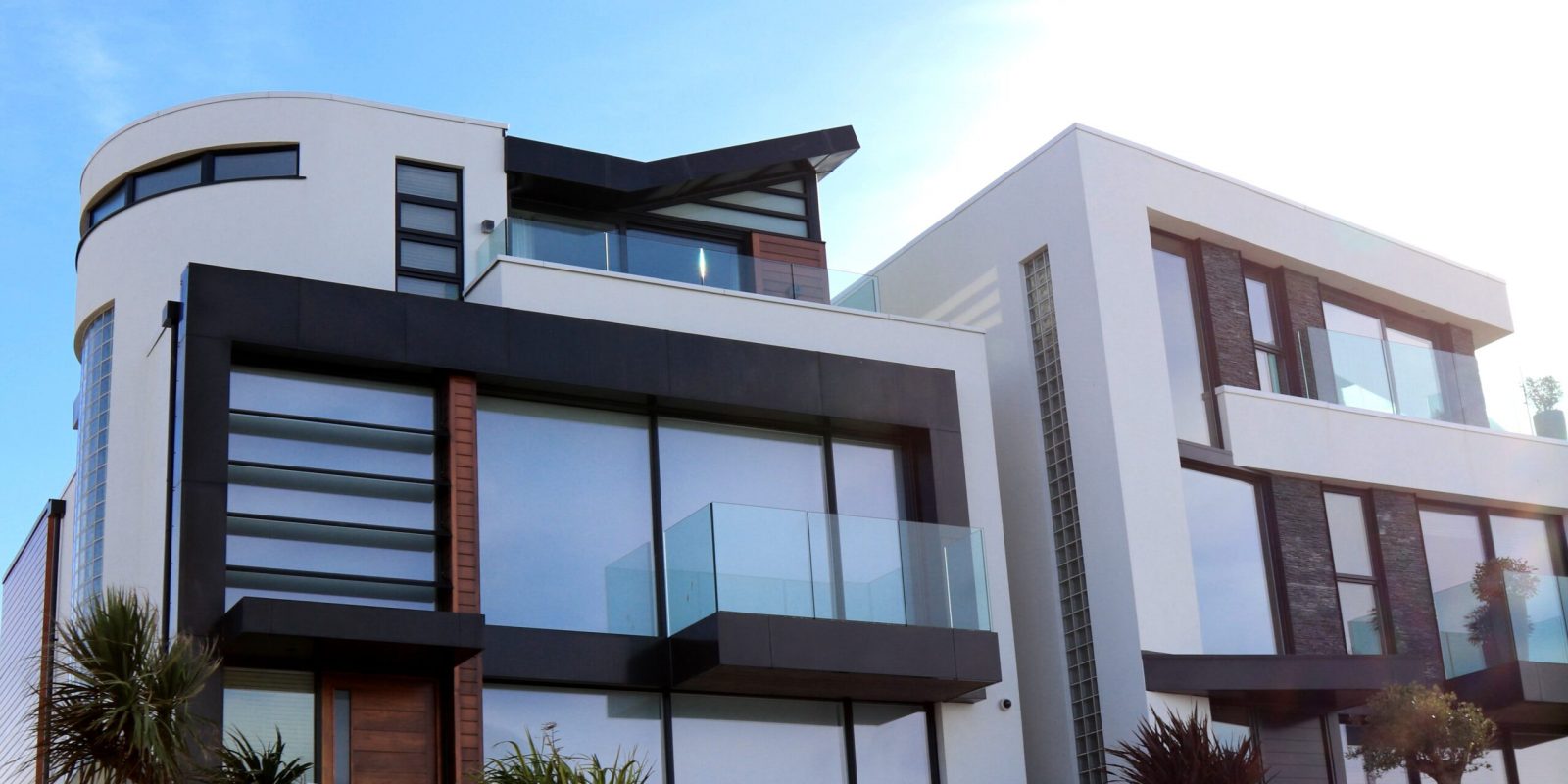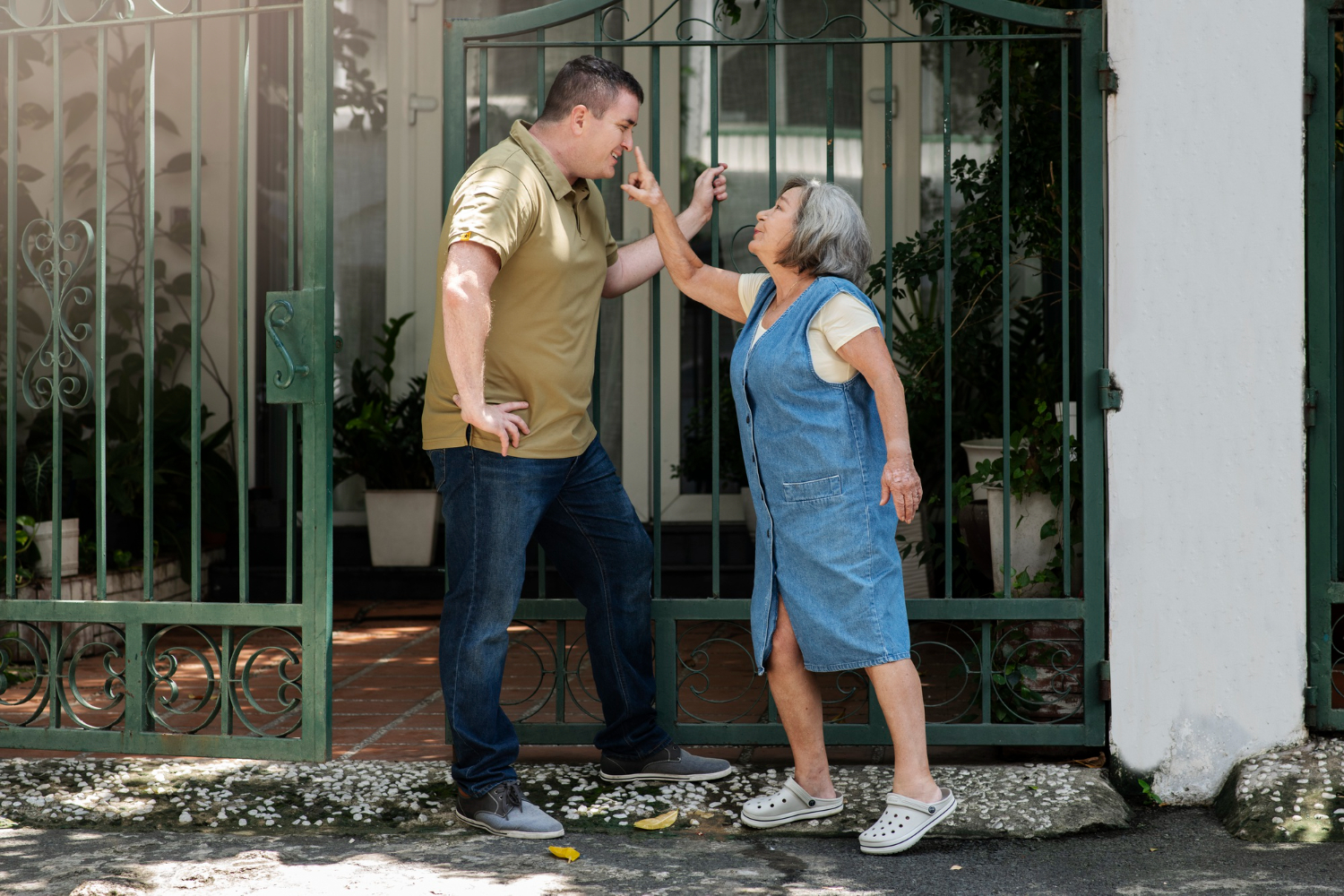As a Homeowner’s Association (HOA) in Northern California, it is essential to ensure your success by standardizing maintenance tasks and processes. This will help you create an effective plan that meets the needs of all stakeholders, from board members to staff and residents. By having clear communication between all parties involved, everyone will be aware of their roles and responsibilities in maintaining the property. This blog post will discuss how to create a sustainable system for ongoing maintenance tasks and processes within your California HOA.
Importance of Standardizing Maintenance Tasks and Processes for HOA Success
To achieve success, standardizing maintenance tasks and processes within an HOA is of utmost importance. A clear plan that meets all stakeholders’ needs, from board members to staff and residents, is key to establishing an effective system. Having a structured approach to maintenance operations can help keep everyone informed of their roles and responsibilities while keeping the property in line with the HOA’s values. And having standardized processes in place can help ensure that all parties understand their part in carrying out the HOA’s objectives. This will not only make it easier to manage the tasks at hand, but it will also help keep everyone accountable and on task. By standardizing, HOAs will be able to maximize efficiency while minimizing costs through streamlined operations. This type of system ensures that every decision made is carefully evaluated for its potential long-term impact on the organization’s mission and budget.
Organizations that are successful at standardizing their maintenance tasks and processes have seen lower operating costs due to improved communication between all involved parties. In addition, implementing this system leads to better documentation, which helps eliminate confusion and misunderstanding when it comes time to carry out specific steps or tasks. Establishing clear guidelines for each process provides clarity for those performing them, allowing them to focus on creating quality results instead of worrying about meeting expectations. Lastly, having a standardized maintenance plan makes it easier to evaluate performance by measuring progress against benchmarks. By tracking progress over time, HOAs can quickly identify areas where adjustments may need to be made for the organization to continue running smoothly and efficiently.
Create A Maintenance Plan That Meets Your Sacramento HOA's Needs
Creating an effective maintenance plan that meets the needs of an HOA is essential for achieving long-term success. A comprehensive plan should include clear communication between all stakeholders, from board members to staff, and residents, creating an understanding of roles and responsibilities in maintaining the property. It should also encompass standardization techniques used by other HOAs, allowing the organization to benefit from established processes. This ensures that every decision made is carefully evaluated for its potential long-term impact on the organization’s mission and budget. When developing a maintenance plan, it is important to consider the operational requirements of all involved parties. Start by establishing clear guidelines for each process — ensuring everyone understands their part in carrying out the HOA’s objectives and providing clarity when it comes time to execute specific steps or tasks. Consider resource availability, personnel capabilities and training needs, environmental conditions, and financial resources necessary for execution.
Additionally, consider how external factors such as weather might impact operations so that contingencies can be planned if needed. Furthermore, incorporate local regulations or laws related to ongoing maintenance activities into your plan to ensure compliance. For optimal performance tracking, create benchmarks against which progress can be measured over time. This allows HOAs, likes ours within the Greater Sacramento region, greater control over their operations while providing feedback on whether adjustments are needed for the organization to continue running smoothly and efficiently. Regular reviews can help identify areas needing improvement or further attention due to inadequate timeframes or insufficient personnel capacity, among other issues.
Have Clear Communication Between Board Members, Staff And Residents
It is important to have clear communication between board members, staff, and residents when creating a maintenance plan for an HOA. This way, everyone knows their job and how they can help the HOA reach its goals. It also helps people understand the rules so that everyone follows them. Finally, it makes sure that decisions are made carefully and with consideration to the long-term effects on both the organization’s mission and budget.
Ensure All Parties are Aware of Their Roles and Responsibilities In Maintaining the Property
There are eight main ways to ensure all parties are aware of their roles and responsibilities in maintaining the property.
- Establish clear guidelines for each maintenance process
- Consider the operational needs of all involved parties
- Consider factors such as resource availability, personnel capabilities, and training needs, environmental conditions, and financial resources necessary for the execution
- Incorporate any local regulations or laws related to ongoing maintenance activities into the plan
- Create benchmarks against which progress can be tracked over time
- Conduct regular reviews to identify areas needing improvement or further attention due to inadequate timeframes or insufficient personnel capacity
- Document processes properly for accountability and record-keeping purposes
- Promote open communication between board members, staff, and residents about roles and responsibilities in maintaining the property
Successful Standardization Techniques Used By Other HOAs
One successful standardization technique used by many HOAs in the Northern Sacramento area (including Folsom, Lincoln and Rancho Cordova) is the implementation of a preventative maintenance program. It involves regularly scheduled inspections and services designed to detect potential issues with HOA infrastructure and property before they become serious problems. This program helps ensure that all parts of an HOA’s systems, from roads to plumbing, are kept in good working order throughout the year. Regular inspections can also identify any areas needing repair or replacement, saving time and money in the long run. Another effective standardization technique used by HOAs is the development of a detailed written policy manual. This document outlines exactly how the HOA should be operated, including rules on property maintenance, management procedures, financial transactions, dispute resolution processes, and more. The policy manual provides clear guidelines for board members and staff alike, so everyone knows their roles and responsibilities when running an HOA effectively.
Additionally, it helps foster transparency within the organization so that all stakeholders have access to the same information regarding policies and procedures. Finally, many HOAs have successfully utilized automation tools, such as computer software, to streamline operations. By automating routine tasks such as billing and scheduling, organizations can save time and reduce costs associated with manual work methods. Automation also makes it easier for board members to access important data quickly and accurately.
Benefits of Having Standardized Processes in Place For an HOA’s Success
Having standardized processes in place for an HOA can be extremely beneficial for its success. By setting clear guidelines for each maintenance process and considering the operational needs of all involved parties, organizations can ensure that operations are both efficient and cost-effective. Additionally, incorporating any local regulations or laws related to ongoing maintenance activities into the plan will help keep the organization compliant and avoid potential legal issues. Furthermore, creating benchmarks against which progress can be monitored over time allows board members to track the progress of the HOA toward achieving its goals. Regular reviews can also be conducted to identify areas needing improvement or further attention due to inadequate timeframes or insufficient personnel capacity.
Documenting processes properly for accountability and record-keeping purposes is essential to maintain transparency between board members, staff, and residents. Using preventative maintenance programs and developing detailed written policy manuals can further enhance an HOA’s success by ensuring that infrastructure and property remain in good condition throughout the year. In addition, detailed policies allow everyone involved to understand their respective roles within the organization, so decisions are made carefully with consideration to long-term effects on both mission and budget. Automation tools such as computer software can also streamline operations by taking care of routine tasks, such as billing and scheduling, more quickly and accurately than manual methods. This helps save time while reducing costs associated with those tasks, so organizations have more resources available for other areas of growth.
Following Best Practices For Success
By following best practices for creating a sustainable system for ongoing maintenance tasks and processes within an HOA, organizations can ensure that their operations are both efficient and cost-effective. For example, regular inspections should be conducted to identify areas needing repair or replacement and any local regulations or laws related to these activities. Additionally, having a detailed written policy manual outlining exactly how the HOA should be operated will help foster transparency between board members, staff, and residents. Finally, automating routine tasks such as billing and scheduling with computer software will save time while reducing costs associated with those jobs so more resources can be available for other areas of growth. With the careful implementation of these tips, your organization can set itself up on the path toward long-term success!






